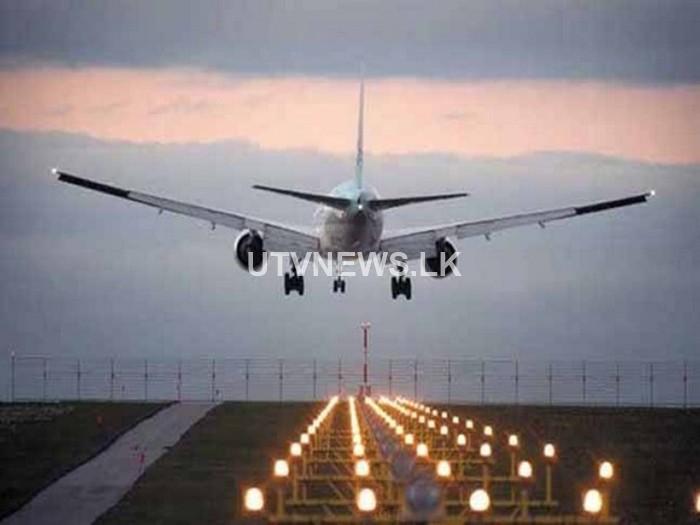UTV | COLOMBO – The global airline industry has been disproportionately affected by COVID-19 and is one of just a few industries that saw more than 90 per cent of demand fall within weeks of the global spread of the pandemic in March, Moody’s Investors Service said on Monday (20).
The strain on the industry’s previous fundamentals is (and will continue to be) felt across a broad swath of the global economy well into 2022 and beyond, it said.
“This is driven by our expectation of a gradual and protracted return of passenger traffic which will be inextricably linked to coronavirus-related health and safety concerns and the importance of passenger airline industry as a critical cog in the broader global economy,” said Moody’s in its latest credit outlook.
Passenger airlines supported about three per cent of world GDP in 2019, according to the International Air Transport Association (IATA). Airline cargo operations materially bolster international trade with the movement of more than five trillion dollars of goods across supply chains in 2019.
Air travel is also a key facilitator of tourism spending, connecting travellers to points all over the world, paving the path for spending on lodging, local transportation, and attractions and restaurants among other items and services.
And the outsourcing by airlines of many services along with the significance of their employment rolls and consumption of refined petroleum in normal economic times supports economic activity across many sectors of the global economy.
Moody’s said the knock-on effects are big for industry stakeholders. Passenger demand for air travel drives demand for key stakeholders in aviation — airports, aircraft leasing companies and aircraft manufacturers as well as a multitude of service providers that keep daily airline operations and airports humming during normal economic times.
Some broad categories of activities for which airlines incur significant costs either directly (labour, jet fuel) or through outsourcing (airport services, maintenance and repair) along with a host of required services (air traffic control, airport charges) will be significantly affected for at least the next three years.
Anticipated declines in their respective activity levels of 40 to 50 per cent or more in 2020 will closely mirror those of the airlines.
“We expect the fundamental performance of airports will move hand-in-hand with demand for air travel because every journey starts and ends at an airport. We expect airports to recover largely in step with the airlines,” Moody’s said.
Aircraft lessor recoveries will be next in line. As passenger demand recovers, airlines will return aircraft to service, likely in a stair-step fashion, re-starting the market for leasing and trading aircraft which currently remains in hibernation.
Moody’s said aircraft lessors will benefit as recurring requests for rent deferrals gradually subside and there will be a greater willingness to repossess aircraft from more weakly positioned airlines as gradually recovering demand facilitates placement of aircraft on new leases.
“We expect that aircraft manufacturers including Airbus and Boeing — and the broader global supply chain feeding into their operations — will be the last of the direct aviation industry stakeholders to regain their 2019 footing and that this will not occur before 2023,” it said.

